In scientific research work, we often need to read and analyze a large amount of literature. How to find key literature worthy of intensive reading among these literatures, dig out the frontiers of disciplines, and find research hotspots have become the first problems to be solved before conducting research. The problem. As an excellent bibliometrics software, CiteSpace can visualize the relationship between documents in front of the operator in the form of a scientific knowledge map, which can not only help us sort out the past research trajectory, but also enable us to conduct future research. Prospects have a basic cognition.
In recent years, research and papers published using CiteSpace have shown a rapid increase year by year. Using literature visualization tools for research or paper writing has become a method highly recommended by contemporary scientific research scholars.
How to use CiteSpace to carry out research work? Quickly lock the latest research hotspots in the field?
How to quickly master the overall use process of CiteSpace ? Production of various thematic maps?
How to use CiteSpace to complete the writing of a high-quality paper? Chinese and English essay writing skills?
Target
1. Master the basic theoretical knowledge of bibliometrics and document visualization content, and the process of using CiteSpace theory.
2. Master the methods of data mining on different platforms using CiteSpace.
3. Master the classic visualization of CiteSpace: making clustering diagrams, timeline diagrams, time zone diagrams, Landscape views, geographic visualization diagrams and other visual renderings.
4. Master the advanced visualization function application of CiteSpace.
5. Combining case analysis of papers in different fields in Chinese and English, master high-quality paper writing skills and ideas.
Topic One CiteSpace Overview
1. Introduction to CiteSpace
2. The core design connotation and theoretical basis of CiteSpace
3. Application status of CiteSpace
- Comparison of the number of CiteSpace used in Chinese and English papers
- Citation analysis


4. The use process of CiteSpace
- Deconstruct the use process of CiteSpace from the theoretical level
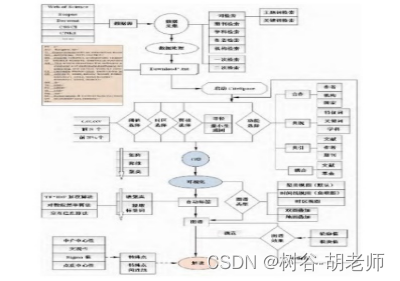
Topic 2 Application of CiteSpace's classic visualization functions
1. Data collection and processing: Taking WOS and CNKI as examples, guide and assist in data collection and processing .
2. CiteSpace classic visualization map: practical production of cluster map, timeline map, time zone map, Landscape view, geographic visualization map and other visual drawing.
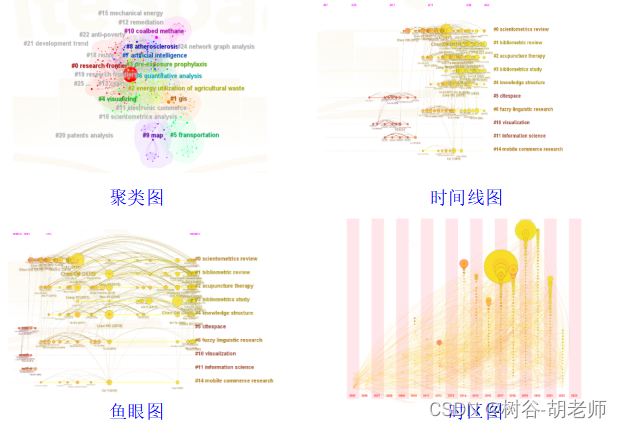

3. Co-occurrence analysis of topics and domains ( practical ) : Co-occurrence analysis of topics, keywords or WoS classifications
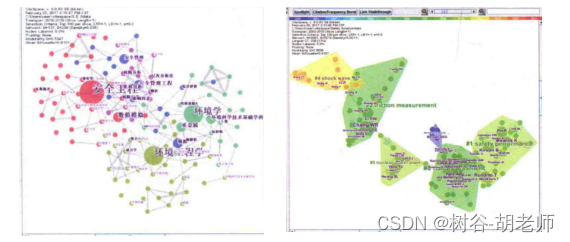
4. Scientific research cooperation network analysis and geographic visualization ( practical operation ) : analysis of the cooperation network of authors, institutions or countries

5. Document co-citation analysis ( practical operation ) : co-citation analysis of documents, co-citation analysis of authors and co-citation analysis of journals

Topic 3 CiteSpace's advanced visualization function
1. Structural variation analysis ( practical ) : To detect the influence of literature on innovation.
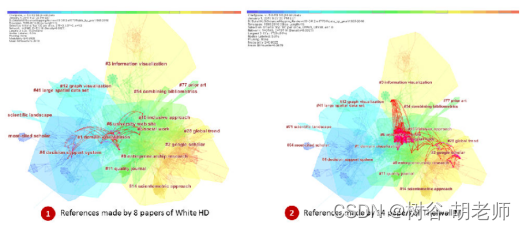
2. Double-image superposition of journals ( practical operation ) : Show the ins and outs of citations, etc.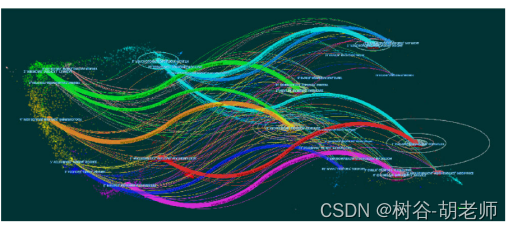
3. Full-text mining and visualization ( practical operation ) : applied to full-text topic mining, etc.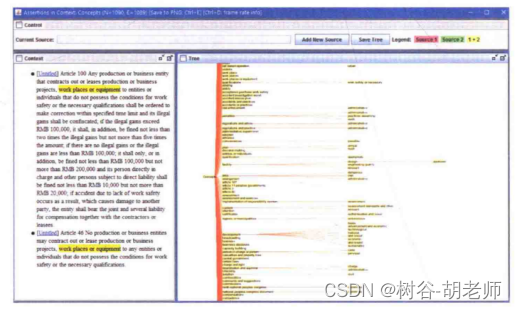
4. Combination with external software ( practical operation ) : establish contact with ChatGPT, mySQL, etc.
Topic 4 CiteSpace literature application cases and paper writing guidance
- Review and analysis of classic and cutting-edge English papers
- Taking mass extinction, terrorism, regenerative medicine, Science Mapping, COVID-19 and other research fields as examples, this paper summarizes the ideas and key points of CiteSpace application in English papers from the developer's own use.
- Combing and analysis of classic and cutting-edge Chinese papers
- Taking ecological security, business management, strategic management, rural tourism and other research fields as examples, this paper analyzes the basic ideas and main points of CiteSpace application in Chinese papers.
- Four Principles of CiteSpace Review Paper Writing
- Based on the perspective of scientific research paper writing, combined with the characteristics of citespace, the basic principles of review paper writing are obtained.
For more details, please refer to: CiteSpace-based document visualization analysis practice and efficient writing methods